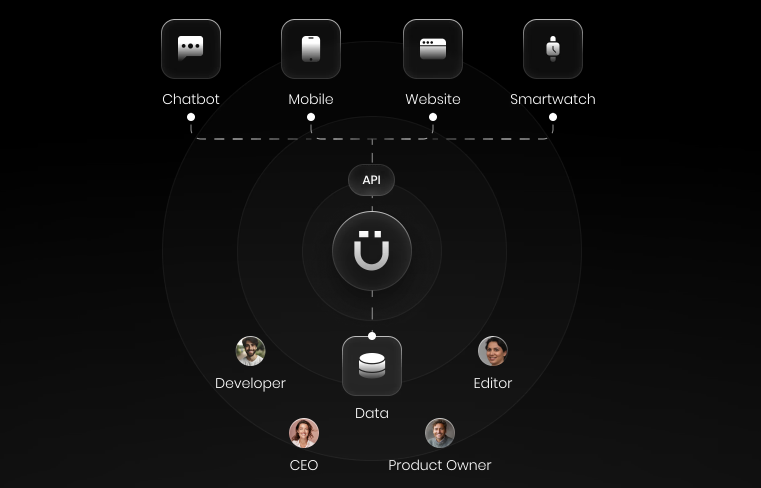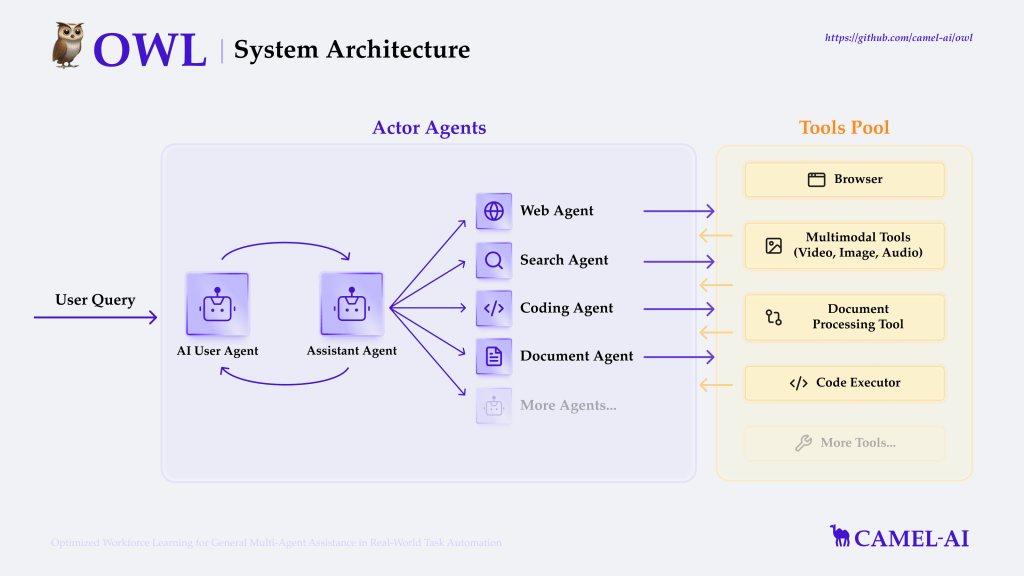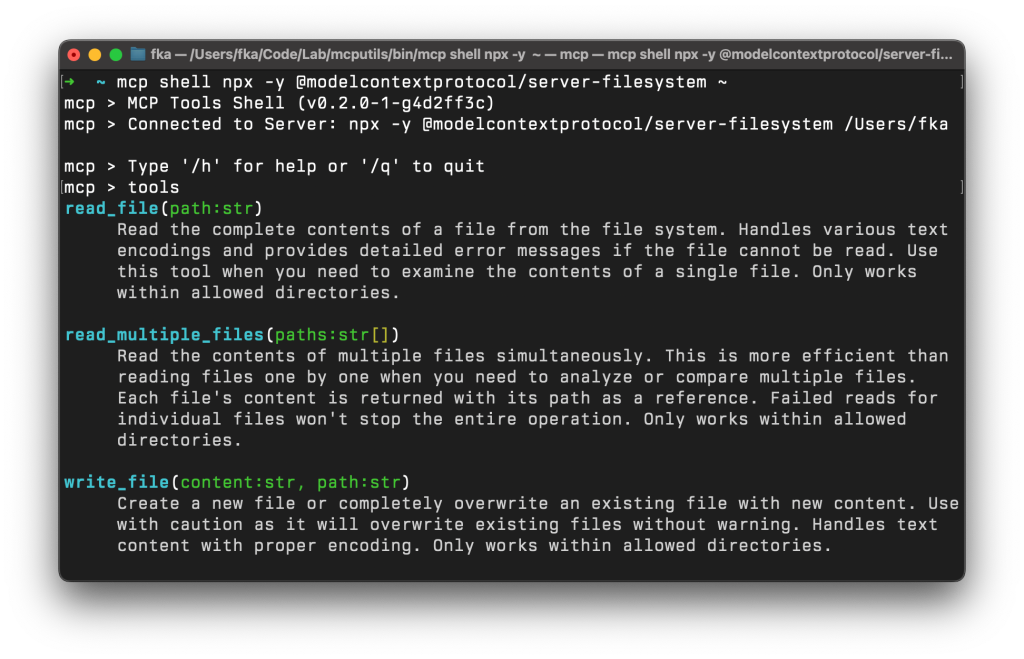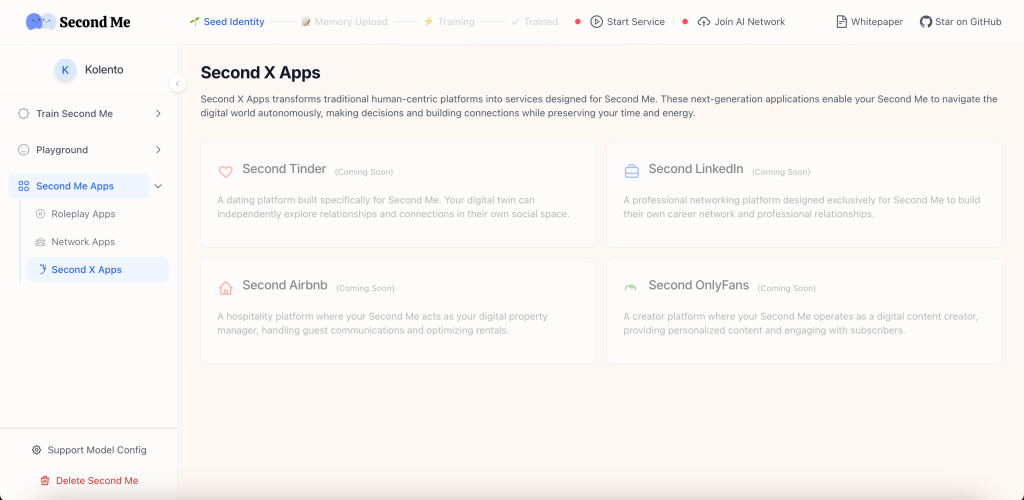Every day, new public and open source repositories appear on GitHub, and navigating the sheer amount of activity can be a challenge for the best of us. Luckily, we’ve done the heavy lifting for you.
Together with our panel of GitHub experts—who have experience across open source and developer relations—we analyzed every open source project created in the last 99 days (as of March 29, 2025), and ranked them in consideration of a number of factors including stars-per-day, forks, traffic spikes, and contributor velocity.
Our GitHub panel includes:
- Abigail Cabunoc Mayes, aka @abbycabs, who works on open source maintainer programs and serves as a Director on the OpenJS foundation. Kara Sowles, aka @karasowles, who works with maintainers and the open source community. Kevin Crosby, aka @kevincrosby, who runs GitHub’s open source funding program. Jeff Luszcz, aka @jeffrey-luszcz, who helps manage GitHub’s open source program office (OSPO).
Below, we’ll give you a rundown of these projects—and also discuss why we believe they’re the ones developers keep coming back to. Let’s dive in.
1. Open WebUI MCP: simplifying AI tool integrations 🔌
📜 MIT license
First up is a proxy server that turns MCP tools into OpenAPI-compatible HTTP servers. Developers building AI-powered apps are using the server to easily connect MCP-based tools with anything that uses standard RESTful OpenAPI interfaces.
2. Unbody: the “Supabase of AI” 🧩
📜 Apache 2.0 license
Think Supabase, but for AI: that’s Unbody in a nutshell. It’s a modular backend that lets you build AI-native software that actually understands and reasons about knowledge, instead of just shuffling data around.
The project breaks things down into four layers that you can mix and match:
- Perception: Ingests, parses, enhances, and vectorizes raw data. Memory: Stores structured knowledge in vector databases and persistent storage. Reasoning: Generates content, calls functions, and plans actions. Action: Exposes knowledge via APIs, SDKs, and triggers.
3. OWL: multi-agent collaboration in action 🦉
📜 Apache 2.0 license
When one AI agent isn’t enough, OWL enters the chat. Built on the CAMEL-AI framework—best known for popularizing multi-agent role-play and releasing a trove of synthetic “task + data” bundles—OWL lets several specialized agents cooperate through browsers, terminals, function calls, and MCP tools. It even tops the open-source leaderboard on the GAIA benchmark (58.18).
4. F/mcptools: Command-line power for MCP developers 💻
📜 MIT license
CLI fans: Here’s a command-line interface for working with MCP servers that’ll make you feel right at home. Built by GitHub Star Fatih Kadir Akin (who also shipped the GitHub Copilot prompts feature), it lets you discover and call tools, access resources, and manage prompts from any MCP-compatible server.
MCP Tools supports input/output over stdin/stdout or HTTP, and spits out results in JSON or table views. It even lets you create mock servers for testing or proxy MCP requests to shell scripts.
5. Nutlope/self.so: Build your personal site with AI in seconds ⚡
📜 MIT license
If putting together a personal website isn’t your idea of fun, Nutlope/self.so can lend a hand. Upload your résumé or LinkedIn profile, and the tool will pull together a straightforward site for you, using AI to handle the layout so you can skip the CSS headaches.
The tech stack includes Together.ai for language modeling, Vercel’s AI SDK, Clerk for auth, Next.js for the framework, Helicone for observability, S3 for storage, Upstash Redis for the database, and Vercel for hosting.
6. VoiceStar: precise control for text-to-speech applications 🎙️
📜 MIT code license, CC-BY-4.0 model license
If your project needs speech that lands within a specific time window, VoiceStar’s duration-controllable synthesis can help. It lets developers set target lengths so voice output fits time-sensitive use cases—like fixed-length prompts or narration—without extra audio editing.
The project includes both CLI and Gradio interfaces for inference, plus pre-trained models you can use right away. As voice interfaces become more important in apps, having open source models with this level of control is a helpful step forward
7. Create your digital twin with Second-Me 🤖
📜 Apache 2.0 license
Interested in experimenting with an AI stand-in? Second-Me lets you try a basic “digital twin”—an agent that aims to reflect some of your knowledge, communication style, and preferences.
The possibilities range from personal assistants that actually understand how you think to innovative ways to share your expertise with others. One example of Second-Me in action: Have your digital twin manage your LinkedIn or Airbnb account, playing the role of the professional or host.
8. SesameAILabs/csm: reimagining speech synthesis 🔊
📜 Apache 2.0 code license (model has restrictions on Abuse)
The Conversational Speech Model (CSM) brings a fresh approach to speech generation. It converts text and audio inputs into Residual Vector Quantization (RVQ) audio codes using a Llama-based architecture. Its dedicated audio decoder produces Mimi audio codes that result in surprisingly natural-sounding speech.
What’s interesting here is how CSM merges language model architecture with specialized audio decoding—giving you an open alternative to the proprietary text-to-speech options that dominate the market.
9. Letta: a universal standard for portable AI agents 📦
📜 Apache 2.0 license
Letta introduces an open file format (.af) for packaging up AI agents with their memory and behavior intact. Think of it as a portable container for agents. You can share, checkpoint, and version control them across different frameworks.
For developers juggling multiple agent frameworks, this could be a time-saver. Want to move an agent from one system to another without rebuilding it from scratch? That’s the problem Letta is solving.
Notably, the Letta project is an offshoot of the cpacker/memgpt project—it spun out the serialization layer that MemGPT originally used to snapshot its “virtual-context” agents. The team carved that code into a clean, framework-agnostic spec (agent-file) so any stack—MemGPT/Letta, LangGraph, CrewAI, you name it—can import or export a fully stateful agent with a single .af archive.
10. Blender meets Claude: bridging 3D creation and AI 🎨
📜 MIT license
Blender artists, this one’s for you: a third party tool that connects the popular open source 3D creation suite Blender with Claude AI through the MCP. With Blender-MCP, developers can control Blender operations with natural language—or add AI assistance to their 3D workflow.
Blender-MCP shows how the MCP can act as a universal “tool port” for LLM agents: today it’s Blender; tomorrow it could be Unity, Unreal, or any complex desktop app. For 3D artists and prototypers, that means faster scene blocking, easy style experiments, and a brand-new way to teach beginners. Just describe what you want and watch the software build it.
Interested? Installing Blender-MCP is as simple as running a bash command.
What these projects tell us about AI’s evolution in open source
These patterns not only reflect the current state of AI in open source, but also hint at the challenges and opportunities that lie ahead. Here’s what GitHub experts have to say about the rapidly evolving space:
Integration in AI via MCP is the new frontier 🔗
The prominence of MCP across multiple projects highlights the growing importance of standardized integration patterns in AI development.
“A big pattern that I saw is the pain point around AI and integration,” notes Abigail. “More standards like MCP will help with this.”
Multi-agent collaboration emerges 👥
Projects like OWL point to a future where multiple specialized AI agents work together to solve complex problems.
“You have to think about it in the construct of person to person, agent to agent, and then having multiple agents working in tandem,” explains Kevin, highlighting the complexity and potential of this approach.
Speech generation is advancing 🗣️
Speech tech certainly isn’t new—but large language models are reshaping both text-to-speech (TTS) and speech-to-text (STT) so dramatically that a fresh wave of possibilities is opening up.
The bigger story is what this means downstream with implications across media, customer support, and product UX.
The evolving landscape of open source participation 🌱
AI has drawn a fresh wave of maintainers and contributors to open source, bringing new energy and approaches. Kara Deloss, senior program manager of developer relations at GitHub, notes: “We’re seeing a new generation, or a new type of maintainer” in the AI space. Kevin adds that “if you have a big community on day one, that’s valuable,” highlighting how the ecosystem is evolving.
This blend of established and emerging development practices is creating exciting opportunities for collaboration across the community.
The importance of OSI-approved licenses 📄
Every top project in our list uses OSI-approved licenses (mostly MIT and Apache 2.0), and that’s no accident. “In general, you won’t get a lot of positive sentiment from the community if you call yourself open source but aren’t using an OSI-approved license,” Jeff points out. “These licenses matter because they provide clear guarantees around usage, modification, and redistribution rights that build trust in the community.”
Jeff also notes an emerging challenge: “As AI powered services and tools become more powerful, we are seeing a trend where some projects attach Abuse and Fraud related restrictions on model or service use. This may not make them completely open source under an OSI approved license, and the projects and the community will continue to have an intense conversation about these conditions.”
He continues: “It’s important to understand and document any restrictions in place before using a model or service,” which is a timely reminder as the open source AI community navigates these evolving licensing questions.
Explore and contribute to tomorrow’s AI tooling 🛠️
The projects we’ve highlighted here are just the tip of the iceberg. As AI keeps evolving, the open source ecosystem is where many of the most exciting standards, tools, and techniques are popping up first.
Here’s how to get involved:
- Check out these projects to see how they might fit into your workflow Join in and contribute to projects that spark your interest Keep an eye on MCP and other emerging standards
The post From MCP to multi-agents: The top 10 open source AI projects on GitHub right now and why they matter appeared first on The GitHub Blog.






